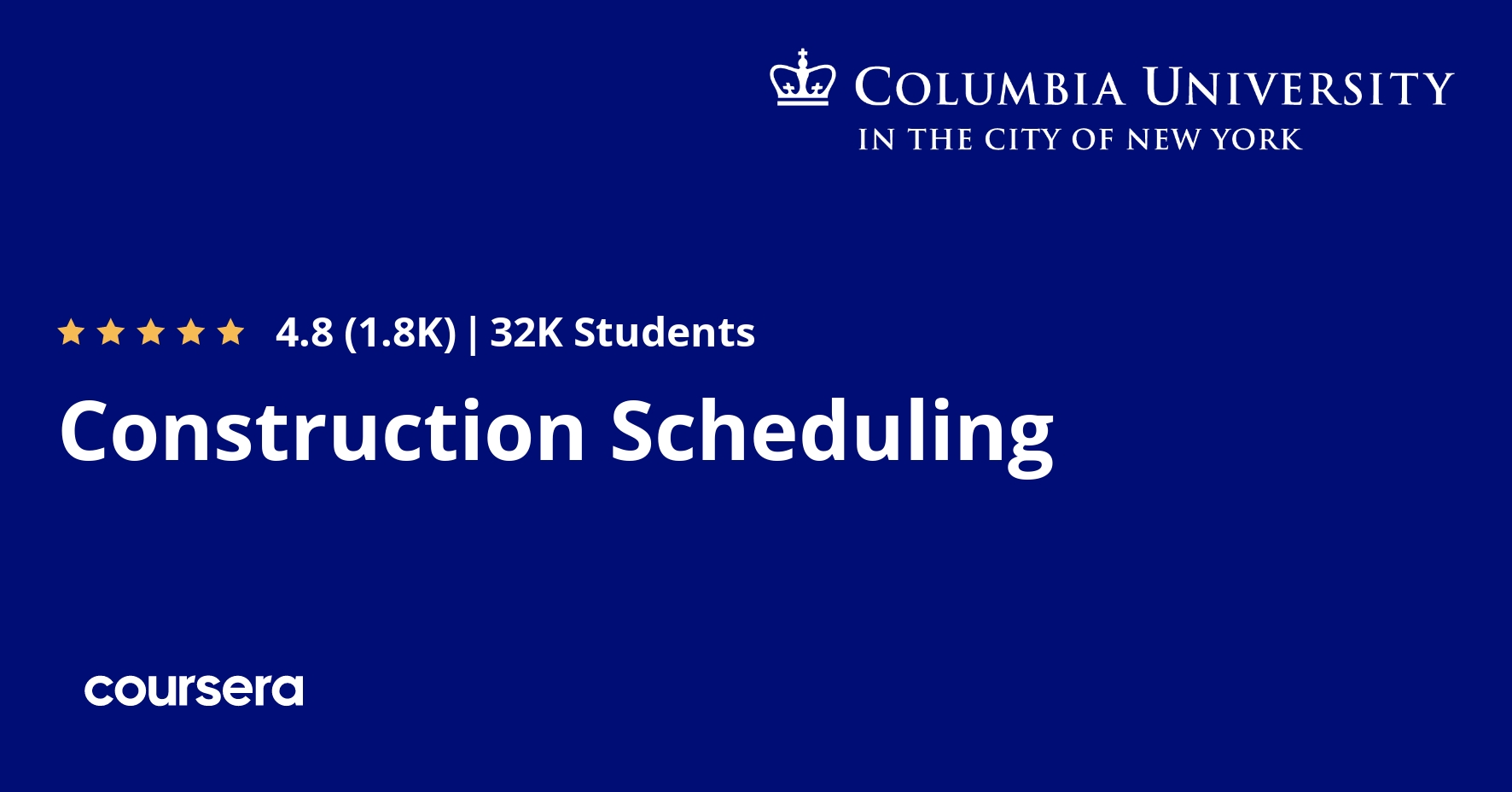Description
You may never be sure whether you have an effective user experience until you have tested it with users. In this course, you’ll learn how to design user-centered experiments, how to run such experiments, and how to analyze data from these experiments in order to evaluate and validate user experiences. You will work through real-world examples of experiments from the fields of UX, IxD, and HCI, understanding issues in experiment design and analysis. You will analyze multiple data sets using recipes given to you in the R statistical programming language — no prior programming experience is assumed or required, but you will be required to read, understand, and modify code snippets provided to you. By the end of the course, you will be able to knowledgeably design, run, and analyze your own experiments that give statistical weight to your designs.
What you will learn
Basic Experiment Design Concepts
In this module, you will learn basic concepts relevant to the design and analysis of experiments, including mean comparisons, variance, statistical significance, practical significance, sampling, inclusion and exclusion criteria, and informed consent. You’ll also learn to think of an experiment in terms of usability, its participants, apparatus, procedure, and design & analysis. This module covers lecture videos 1-2.
Tests of Proportions
In this module, you will learn how to analyze user preferences (or other tallies) using tests of proportions. You will also get up and running with R and RStudio. Topics covered include independent and dependent variables, variable types, exploratory data analysis, p-values, asymptotic tests, exact tests, one-sample tests, two-sample tests, Chi-Square test, G-test, Fisher’s exact test, binomial test, multinomial test, post hoc tests, and pairwise comparisons. This module covers lecture videos 3-9.
The T-Test
In this module, you will learn how to design and analyze a simple website A/B test. Topics include measurement error, independent variables as factors, factor levels, between-subjects factors, within-subjects factors, dependent variables as responses, response types, balanced designs, and how to report a t-test. You will perform your first analysis of variance in the form of an independent-samples t-test. This module covers lecture videos 10-11.
Validity in Design and Analysis
In this module, you will learn about how to ensure that your data is valid through the design of experiments, and that your analyses are valid by understanding and testing for certain assumptions. Topics include how to achieve experimental control, confounds, ecological validity, the three assumptions of ANOVA, data distributions, residuals, normality, homoscedasticity, parametric versus nonparametric tests, the Shapiro-Wilk test, the Kolmogorov-Smirnov test, Levene’s test, the Brown-Forsythe test, and the Mann-Whitney U test. This module covers lecture videos 12-15.






